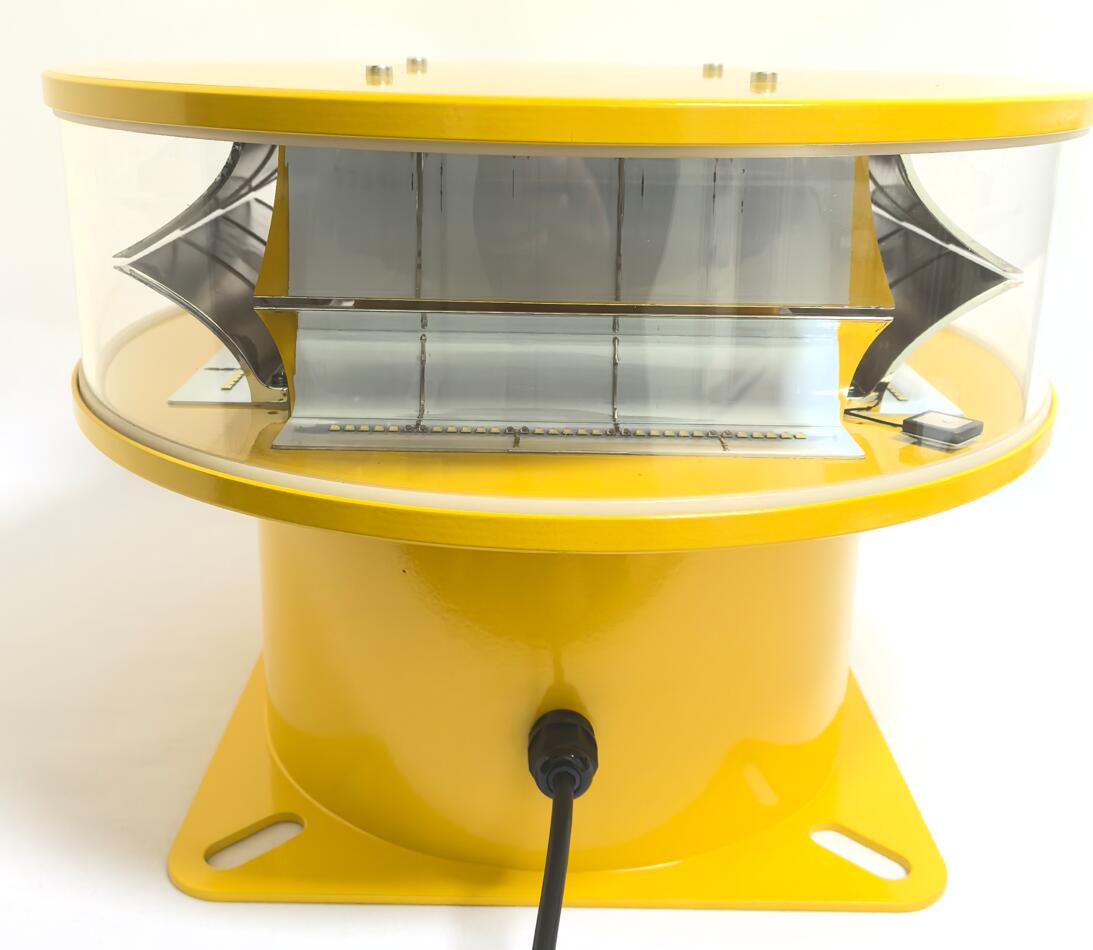Aviation Lamp Price: Factors Influencing Cost and Smart Purchasing Tips
When planning to install aviation lamps, understanding the factors that affect aviation lamp price is crucial for making an informed decision. These specialized lights are essential for ensuring the safety of aircraft near tall structures, and their cost varies based on technical specifications, compliance requirements, and operational conditions. This article explores the key elements that influence pricing and provides guidance on selecting the best option without compromising quality.
Key Factors Affecting Aviation Lamp Price
1. Light Intensity and Type
Aviation lamps are categorized into low-, medium-, and high-intensity models, each serving different height requirements.
Low-intensity lamps (L-810) are the most economical, suitable for structures under 45 meters.
Medium-intensity lamps (L-864/L-865) are moderately priced, ideal for structures up to 150 meters.
High-intensity lamps (L-856/L-857) are the most expensive due to their powerful illumination for structures exceeding 150 meters.

2. LED vs. Incandescent Technology
LED aviation lamps have a higher upfront aviation lamp price but offer long-term savings due to lower energy consumption and extended lifespan.
Traditional incandescent lamps may seem cheaper initially but incur higher maintenance and replacement costs.
3. Compliance with Aviation Regulations
Lamps meeting FAA, ICAO, or EASA standards typically cost more due to rigorous testing and certification processes. Non-compliant options may be cheaper but pose legal and safety risks.
| aviation lamp |
4. Durability and Weather Resistance
Corrosion-resistant materials (e.g., aluminum housings, polycarbonate lenses) increase durability and cost.
IP-rated protection against dust and water ensures reliability in harsh environments, impacting the aviation lamp price.
5. Synchronization and Control Systems
Advanced features like remote monitoring, automatic brightness adjustment, and synchronized flashing add to the cost but improve efficiency and compliance.
How to Optimize Aviation Lamp Price Without Sacrificing Quality
1. Assess Your Structure’s Requirements
Choose the minimum required intensity to avoid unnecessary expenses.
For shorter structures, low-intensity lamps may suffice, keeping costs lower.
2. Prioritize Energy-Efficient Models
Investing in LED aviation lamps reduces long-term operational costs despite a higher initial price.
3. Consider Total Cost of Ownership
Factor in maintenance, power consumption, and lifespan rather than just the purchase price.
Cheaper lamps may require frequent replacements, increasing expenses over time.
4. Bulk Purchasing and Supplier Negotiations
Buying in bulk or establishing long-term supplier relationships can lower per-unit costs.
The aviation lamp price is influenced by multiple factors, including light intensity, technology, compliance, and durability. While budget considerations are important, prioritizing quality and regulatory compliance ensures long-term safety and cost efficiency. By carefully evaluating your needs and comparing options, you can find the best balance between affordability and performance.
